Last Updated: February 14th, 2020
Camping in Iceland is one of the greatest experiences. If you are like us, getting out and exploring an entirely different country in this way is very freeing, and a little nerve wracking.
As we prepared for our trip to Iceland over the course of a year, we were exposed to a lot about what we should do and expect when we got there.
The duration of our 10 day trip was spent in a campervan – with our last day ending up in a nice hotel. While traveling around the Ring Road, Snaefellsnes Peninsula, and the Westfjords – we were exposed to a lot of the wonders of Iceland. As a part of this process, we also had to figure out where to park our car so we could crash each night.
Since we learned a lot in this process, we’ve decided to put together a quick little guide to the rules for camping in Iceland. These rules will apply whether your camping in a tent, out in the open (known as “wild camping”), or in a campervan/motorhome.
1). You need to stay in a designated campsite
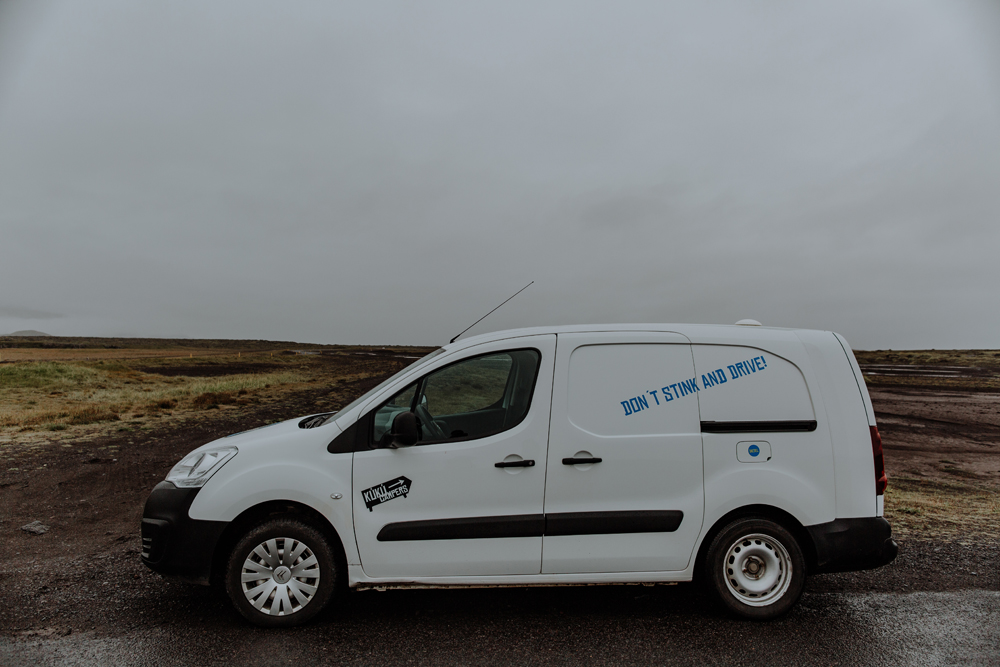 Camping in Iceland isn’t nearly as “free” as it once was even a few years ago. Due to a large influx of tourists, the country has started to restrict where people are staying the night.
Camping in Iceland isn’t nearly as “free” as it once was even a few years ago. Due to a large influx of tourists, the country has started to restrict where people are staying the night.
The reasons for this are pretty simple: to reduce waste and damage to the environment.
[blockquote align=”center” author=”Guide to Iceland”]…As of 2015, it is illegal to camp in tents, trailers, caravans, campervans, or anything of the like, outside of a designated campsite UNLESS there is written permission from the landowner.”[/blockquote]
When we visited the country, we did just that!
There are many campgrounds around Iceland. You may need to do some pre-planning to make sure they fit within your itinerary, but even if you need to find one last minute, there are more than plenty around.
2). Campgrounds cost money (except in the off season)
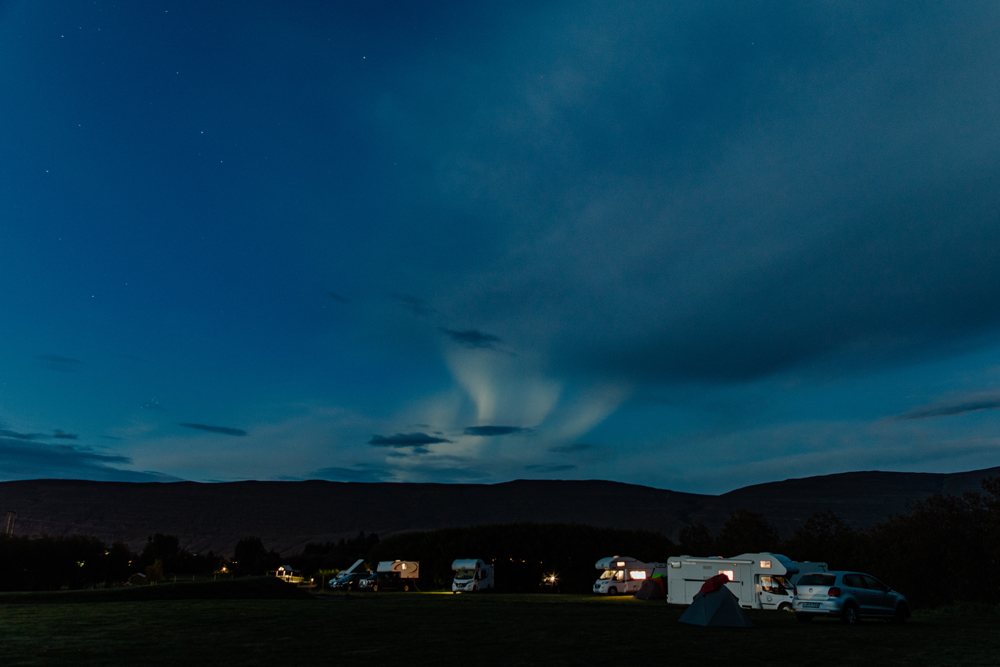 While you will likely save some money if you decide to camp in a tent or rent a campervan, you will need to pay a small fee to stay overnight at the campsites around the country.
While you will likely save some money if you decide to camp in a tent or rent a campervan, you will need to pay a small fee to stay overnight at the campsites around the country.
For one person, this was generally in the area of 10$ – $15 (USD) per night.
The one downside to this (you know: minus having to spend extra money) is that not all campsites are made the same. Some have few or no amenities, while others are well worth the cost.
In our experience, camping at Hamrar Campground (right next to Akureyri) was an example of a campground done right. It included laundry facilities, warm showers, ample space, and some fun features if you are traveling with kids.
3). Leave No Trace
 Whether you decide to heed the advice of not camping outside of designed locations (and of course run the risk of being fined by the police), maybe the most important point to make is that of leaving no trace.
Whether you decide to heed the advice of not camping outside of designed locations (and of course run the risk of being fined by the police), maybe the most important point to make is that of leaving no trace.
It is pretty standard protocol for people who camp to treat the environment they are in with respect. It’s basic stuff. Clean up after yourself, throw away your trash, don’t set up camp off road or in a fragile area. Don’t walk or camp on the Icelandic moss (it is delicate).
One way to make this easier is to just purchase some garbage bags to have along with you. Anything you use and no longer need, just put in the trash.
While the goal of this article was to talk about some general camping rules you should know about when visiting Iceland, we wanted to add in this little collection of frequently asked questions for your quick reference.
We see these questions pretty frequently, and even asked them ourselves before we traveled there.
How much does it cost to visit Iceland?
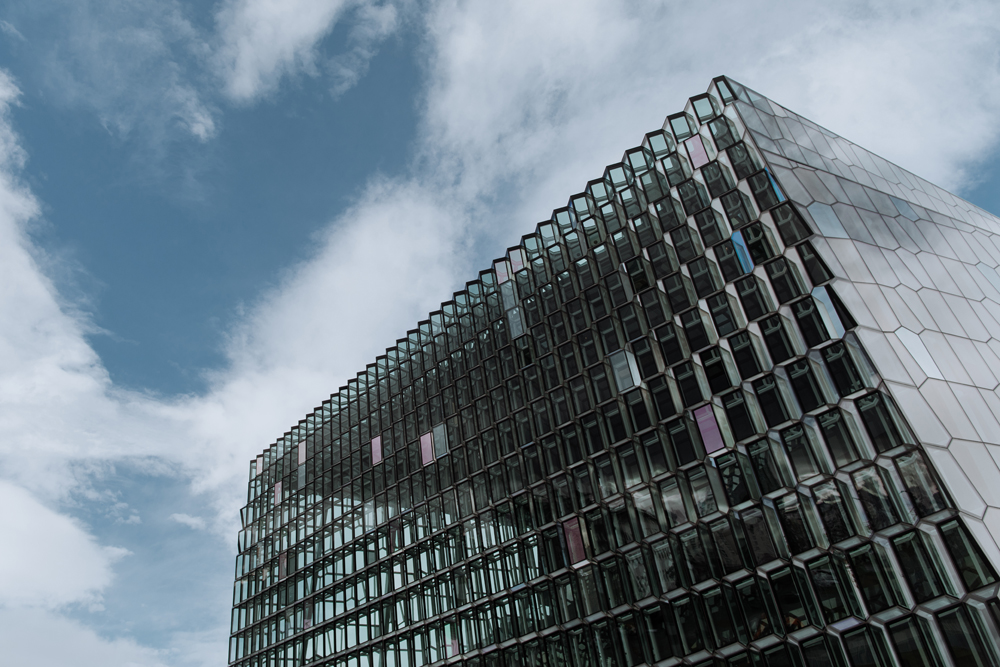 Iceland is not a cheap travel location.
Iceland is not a cheap travel location.
In fact, it’s one of the more expensive out there.
A lot of this has to do with the simple fact that the country needs to import pretty much everything outside of fish. The terrain isn’t really suitable for growing food, and there aren’t many animals on the island aside from horses and puffins.
Because tourism is so important to their economy, prices are also generally higher in most areas to account for this.
With all of this said, you can still do Iceland on a budget. There are ways to live frugally and save some money.
Camping in a tent or renting a campervan is one way to do this.
Booking your flights and lodging in advanced can also help. For this, we recommend getting your accommodations through Booking.com.
Staying away from the real touristy areas like The Blue Lagoon (as sad as it is to say) can also save pretty heavily.
In our experience, pretty much everything we did while in Iceland was free after renting our camper and buying groceries. Oh yeah – buy groceries at the stores instead of eating out: it’ll save you a ton!
For more on this, check out our post Breaking Down the Cost to Travel to Iceland for 10 Days
Is traveling Iceland by campervan worth it?
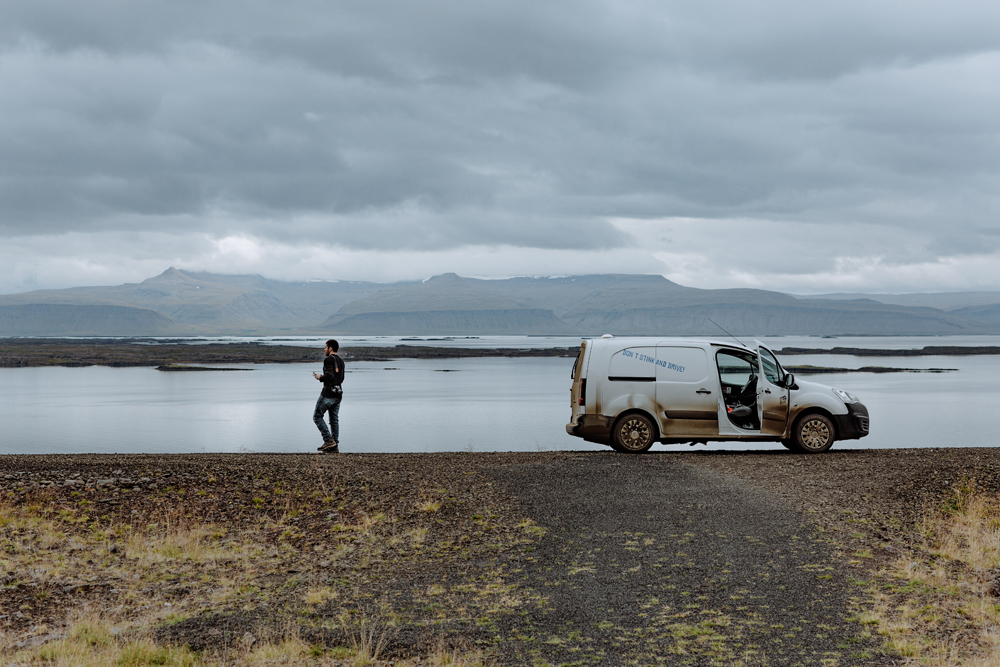 In a short answer: yes.
In a short answer: yes.
Even years later, this experience is at the top of our list of life experiences. So often does our trip come up in conversation, and we remember it very vividly.
Being honest, there are some tough elements that come from living out of a van. For example, we got stuck in harsh weather one evening in particular, and it is very discouraging to basically be trapped in a car in a foreign country.
It was a learning experience, and one that we are happy to have had when we can mix in all the good stuff like seeing the Northern Lights from our campground, driving through the East fjords during a vibrant sunset, and walking on the black sand beaches in Vik.
Ultimately, you need to judge your tolerance for this sort of lifestyle.
We had never done anything remotely like this, and now it’s the only way we want to travel.
It’s not for everyone but can be an exciting time if you’re up for the adventure!
Wondering more about the campervan life? We break down 5 common questions about traveling in a campervan.
What time of year should I visit Iceland?
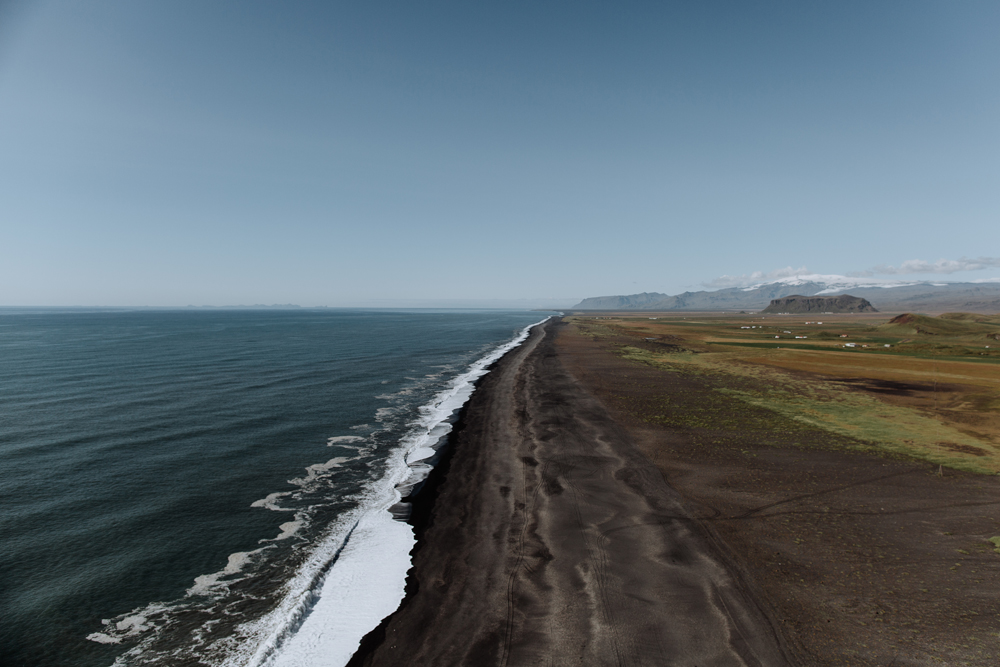 It depends on what you want to get out of your trip.
It depends on what you want to get out of your trip.
Every season in Iceland is a little different and offers something worthwhile.
In general, most visitors will want to come during the summer months. This is when the Iceland is the warmest, the weather is relatively nice, and the sun is out most of the day thanks to the Midnight Sun. The biggest downside here, though, is you should expect to pay higher prices for just about everything because it is the popular season.
The winter months are the opposite – most of the days are dark, temperatures are cold, and mother nature can be especially rough at times. But, it’s the best time to see the Northern Lights, stargaze, and experience the winter things that happen in the country. Seeing the landscape lit up with snow is also a cool thing to witness.
The spring and fall months are pretty much what you’d expect: a middle ground. The weather is more unpredictable, but prices tend to be a little lower.
We ended up traveling during the beginning of September – and our experience fell in line with this thinking. Some days were really beautiful, even warm (to the point where we took off our jackets). Other days were bogged down in heavy rain and cold. In our opinion, it was a good time to go all things considered.
Another thing you might be wondering is…what time of year is good for photography in Iceland? Well, we have you covered.
What are some must see sights?
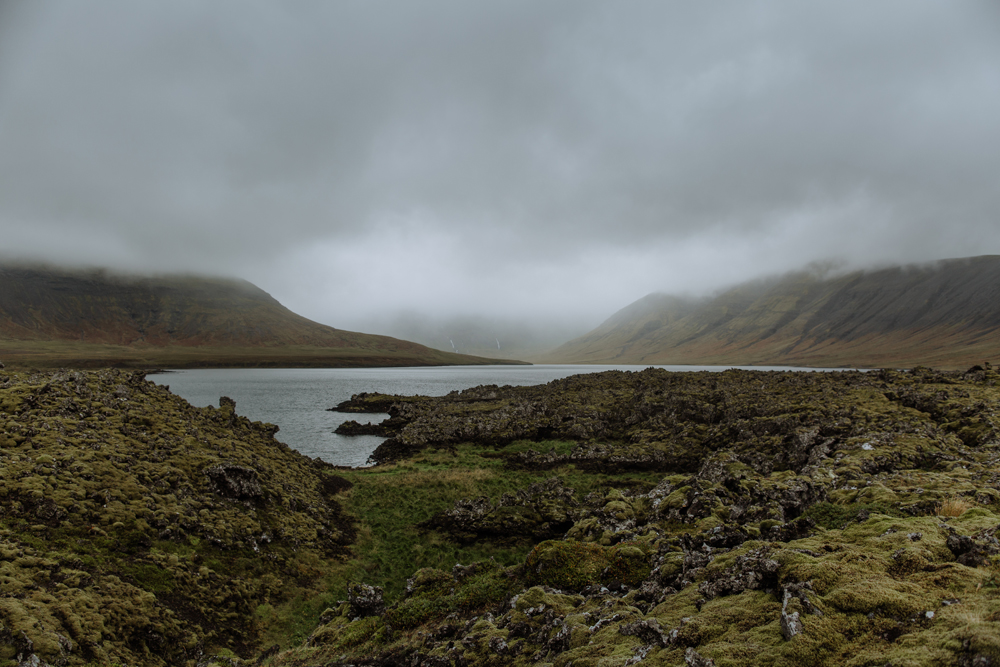 Most travel blogs and magazines will go on about The Golden Circle being the “must see” thing in Iceland. We’d actually suggest not prioritizing this unless you are not into more strenuous hikes, are traveling with children/older family members, or only have a layover in Iceland.
Most travel blogs and magazines will go on about The Golden Circle being the “must see” thing in Iceland. We’d actually suggest not prioritizing this unless you are not into more strenuous hikes, are traveling with children/older family members, or only have a layover in Iceland.
We did the Golden Circle, and our takeaway was that it is fine. But, we found it mostly underwhelming and even a little too touristy.
Having traveled around the whole country, our must-see list would look like this:
- Dynjandi
- Berserkjahraun (seen above)
- Vestrahorn
- Jokulsarlon Glacial Lagoon
- Dyrhlaey
Each of these locations had something really interesting to offer. From giant waterfalls, to otherworldly landscapes, to beautiful (and photogenic) mountains, to glaciers, and all-encompassing scenic views.
How easy is it to do photography in Iceland?
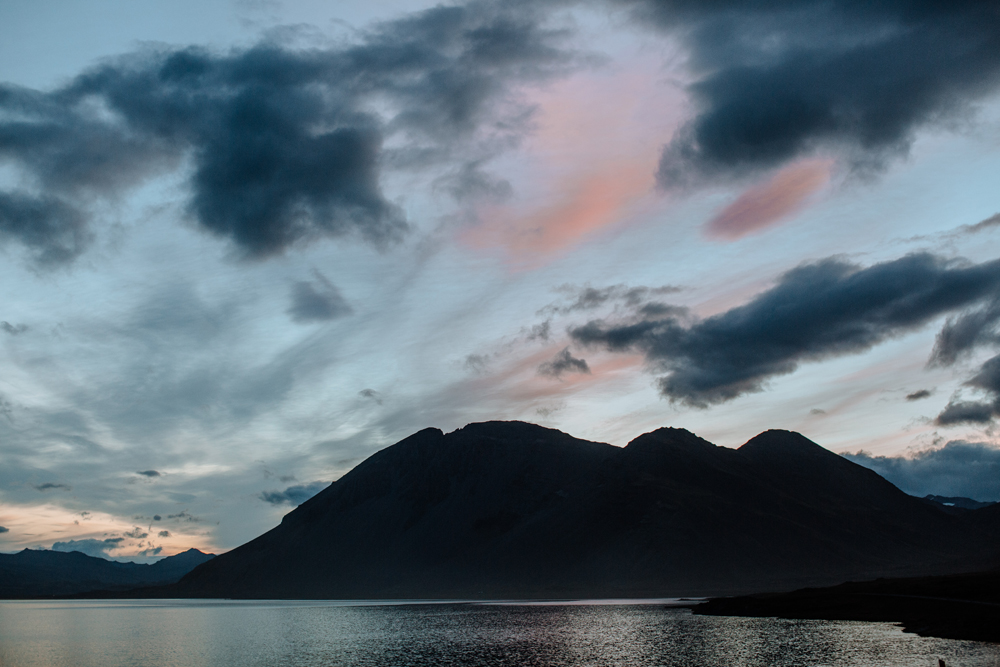 Iceland is a landscape photographer’s dream location.
Iceland is a landscape photographer’s dream location.
The country is roughly the size of Ohio (a state in the USA if you’re unfamiliar), yet holds a wide environmental diversity. Aside from where we started by the airport in Keflavik, the whole of the country is very interesting to look at. There were stretches during our trip where we just had to pull off on the road to take in the view.
So, for a landscape photographer, Iceland really is perfect. There is a reason why movies like Star Wars, Interstellar, and Prometheus were filmed there, as well as TV shows like Game of Thrones.
For other types of photography, it is also great. The landscapes really compliment photos in general – including portrait and wedding work.
Depending on your project, you may need a work visa or a special permit, so be sure to check the required regulations. For personal photos, you can freely snap away! 😊
If you need some help finding the right equipment for your trip, check out our resource The Best Photography Gear for an Iceland Adventure.
How should I pack for a trip to Iceland?
We probably spent more time figuring out how to pack for our trip than planning what locations we wanted to visit.
Going to Iceland is a little more complicated than visiting a nice beach in the Caribbean where all you need is a swimsuit. You really need to be prepared for everything you might experience – high and low temperatures, nice and not-so-nice weather, etc. What you need will vary depending on the time of year, but a lot of things are pretty constant all the time.
To help cover this in more detail, we wrote a post How to Pack for a Trip to Iceland to help you with just that question!
By now, you should be pretty squared away with the rules surrounding camping in Iceland. We may have just helped you figure out some of the burning questions you may have had about traveling there!
As we can’t cover everything, feel free to ask any additional questions you might have below in our comment section! We won’t bite! 🙂